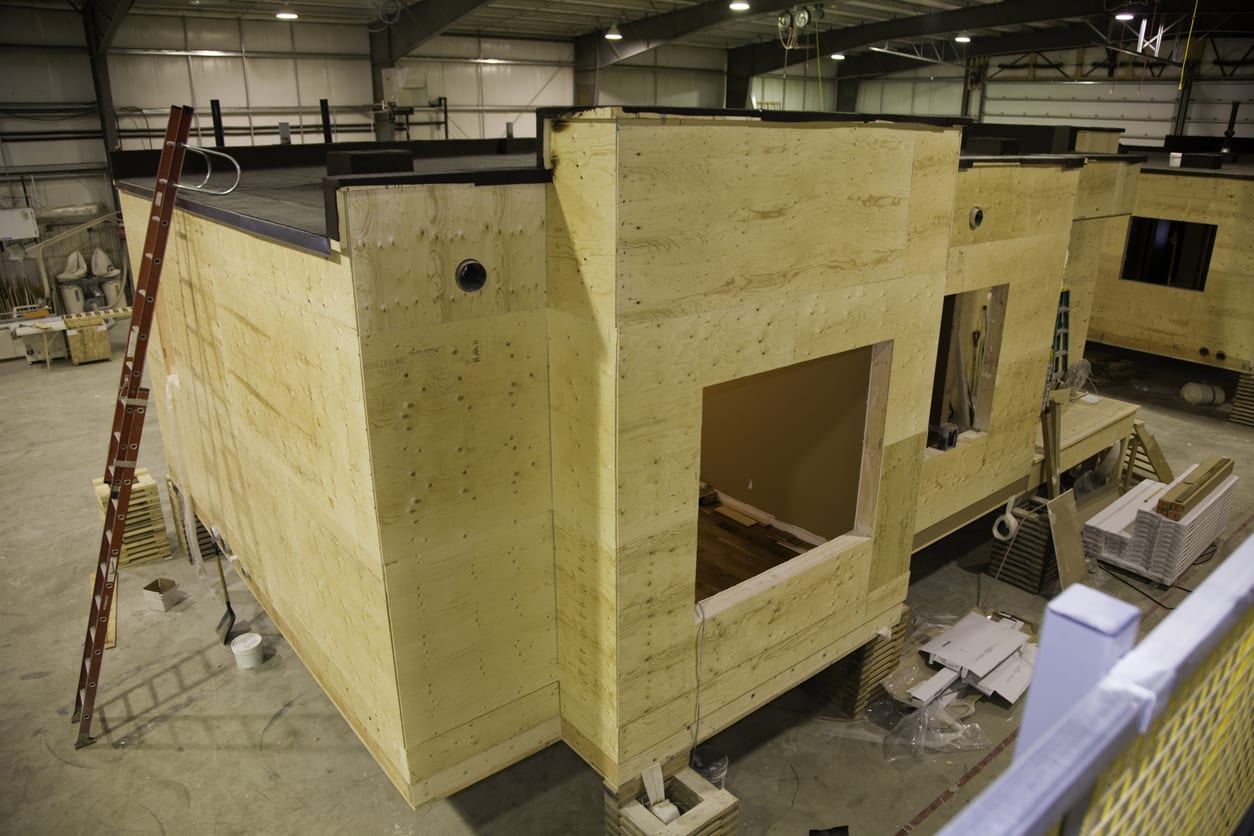One year down and another on the doorstep. The construction industry always has a varied outlook for each new year, and this one is no different. Here are seven major trends that will play out in 2020.
1. Continued Labor Challenges
Few of construction’s headwinds rise to the level posed by labor. Shortages of workers, including those with specific skills, will continue hampering projects well into the future. It’s not just a U.S. problem—it extends across the globe. Labor costs are expected to outpace other project input costs; without a new supply of younger people to replace those retiring, more projects are likely to face labor problems in the new year.
2. More Women Owners

Since 2014, women-owned businesses have increased by 20 percent. In construction, however, businesses owned by women have risen 30 percent, making it the number one industry for women entrepreneurs. Part of the interest comes from young women’s increased exposure to science, technology, engineering and math classes in primary education. The Small Business Administration’s Guaranteed Loan programs along with its training and counseling services are also putting more women into construction ownership roles.
3. Residential Headwinds
In a market of rising input costs and less available land, homebuilders who manage to deliver affordable entry-level homes while maintaining their margins will have a promising year. Those who continue focusing on the high-end market will see increasing competition for a shrinking pie. Residential will also face headwinds from lower foreign investment and the increasingly transient nature of the workforce.
Downtown markets, active senior communities, and mixed-use projects will help sustain the residential sector. Multifamily builders will find their biggest markets with the 35-44-year olds and those 65 and older.
4. More Renewable Energy
Within the next decade, the cost to build and operate renewable energy sources will become lower than the costs to build and operate natural gas plants. The oil and gas industry has received about $600 billion in federal subsidies since 1945 and is receiving less with each passing year. Meanwhile, the renewable energy sector subsidies have been increasing, with $75 billion doled out during the past decade. Wind and solar power plants will account for 64 percent of all power generation coming online through 2050. Besides new generation facilities, connecting renewables to the grid and building infrastructure for electric vehicles will comprise the majority of 2020 projects.
5. More Offsite Construction

What’s taking the hotel industry by storm is also poised to improve project outcomes across construction sectors. Modular construction, offsite construction, prefab construction all describe the trend toward making construction more like manufacturing. Components built under controlled conditions can generate less waste while having more exacting specifications and better quality control. It also offers a boost in safety as workers perform tasks in a controlled environment. Considering current construction labor challenges, you can see why this way of building may seem attractive to owners and corporations. Expect to see more contractors hired to build modular units as part of an overall project contract.
6. Enhanced Municipal Development
Cities continue growing, putting pressure on agencies to address basic infrastructure. Streets, water, waste, public transportation and public safety all figure as high-growth construction sectors in 2020. Austin residents, for instance, are asking for more public transit. Meanwhile, leaders in Nashville ponder how to keep up with the fast-growing infrastructure demands. Cities everywhere are contemplating how to best roll out “smart city” technologies to improve public safety and human interaction across their communities.
Contractors who get savvy in public markets and offer solutions to public agencies will fare well in this sector.
7. More Rework
Labor issues are spawning more rework on projects, and this trend will escalate in 2020. Assuming the recession holds off and there’s plenty of work on the boards, subcontractors will continue feeling the brunt of the labor shortage. That will spill over on GCs, creating more rework. As workers and subs with less experience show up to fill out the sagging ranks, they’re likely to make more mistakes. For projects that are already challenged with poor communication and unclear specifications, the rework will only accumulate further.
Subs should expect more GCs to vet them based on work quality and experience. This will be more evident with projects featuring non-traditional materials and methods. GCs who see the writing on the wall will adopt technology and tools that improve communication and their views into quality.

Well written and to the point. I appreciate the detail in this article!
Thank you for compiling a list of the top trends that we believe will be key advancements in the construction industry through 2020. Keep up the great work! Thank you so much for sharing great posts.